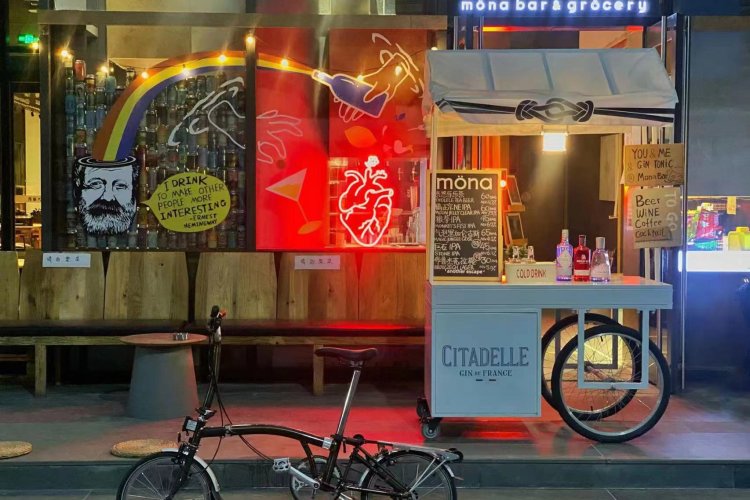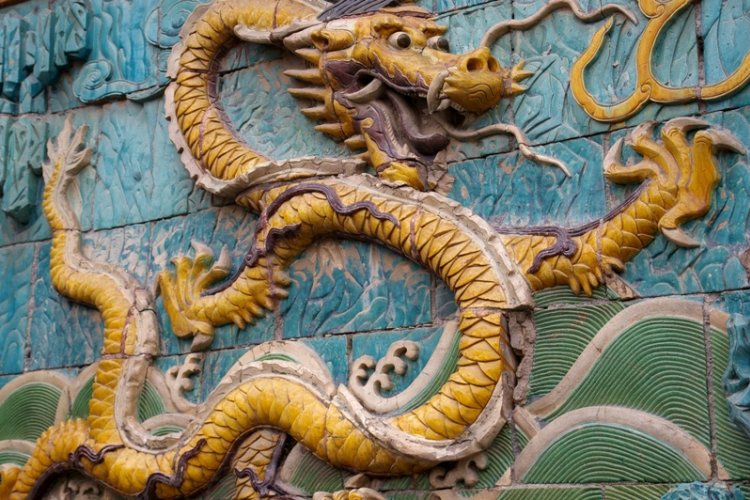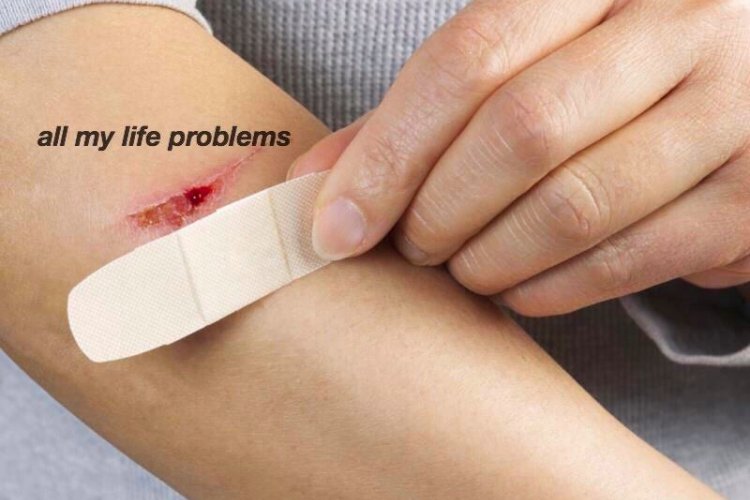The Art Village Less Traveled: Exploring Caochangdi
In 1999, Chinese artist Ai Weiwei built a studio in Caochangdi (草场地), a sleepy village just outside the northeast Fifth Ring Road. In a place where building numbers remain virtually useless, he used the most ordinary grey bricks and building methods to create the factory-style space he would go on to name Caochangdi 258.
Ai Weiwei didn’t suspect that his studio would inspire other artists to follow suit. He was declared an “architect” for the cluster of compounds he designed. Numerous copycats dot Caochangdi today, distinguishing the village from hundreds of others in the suburbs around Beijing.
Although located less than 4km away from the more famous 798 Art District, the thriving artistic community of Caochangdi is still far from being a fixture on the tourist circuit. The village is much less convenient to get to than 798, but it’s definitely worth the trouble if your family is in the mood for seeing authentic art and village life side by side.
Caochangdi isn’t located close to any subway station. Some drivers know where it is and some don’t. It’s best to take a map with you, along with directions in Chinese: 走首都机场辅路,在南皋路右转, 直走200米左右 (take the Airport Expressway service road and turn east on Nangao Lu, then go straight about 200m until you see Caochangdi on your right).
For a cheaper and more scenic alternative, take one of the many buses from the city (402, 851, 909, 955, and 973) and get off at Caochangdi (草场地) or Nangao (南皋). Buses 851 and 973 also pass by 798 Art District in case you haven’t been there. However, note that Caochangdi can easily occupy an afternoon by itself and it’s probably not wise to attempt both in one day.
After getting off the bus at Caochangdi station, we visited Three Shadows Photography Art Centre first. Located about 300m from the main gallery area on the other side of Nangao Lu (南皋路), Caochangdi is the first private art gallery dedicated exclusively to showing photography.
To get there, cross Nangao Lu, head right (east) and walk about 200m until you see a big grey, red, and green sign that says “Caochangdi.” Turn left and walk into the side street until you see a big grey building block.
The 4,600sqm compound consists of a courtyard, gallery, library, and cafe. It was founded by pioneering Chinese photographer Rong Rong and his Japanese wife Inri in 2007. At the time of our visit, the gallery was holding a public experimental exhibition in which photographers were invited to display any of their works on the two floors.
The library on the second floor houses an impressive collection of over 4,000 books on photography, mostly in English. Visitors can browse books for free around the big table in the room. The staff was proud to tell us that this library is the best in mainland China for photography books.
You can find more about Rong Rong, Inri and Ai Weiwei (who designed the compound) at the cafe and bookstore on the first floor, where the artists’ limited-edition books are on offer. Grab a coffee (RMB 20-30), have a seat, and the staff will be happy to talk to you about the space as well as the center’s English photography lessons for kids.
When you’re done, walk back to where you came from. Get ready; it’s a bit of a maze in here. Perhaps it’s time to stop for some lunch first.
About 20m into the small street behind the Chinese sign that says “Welcome to Caochangdi” (草场地欢迎你), you’ll come across Badaocai Home Style Restaurant. You’ll recognize it by the big red wooden door on its right. The menu is in Chinese only, but don’t worry; the female manager speaks English. We ordered a set lunch for two (RMB 49, available daily from noon-2pm) with a generous combination of soup, veggies, steamed egg, and fried peanuts that was more than enough for us. (In fact, we might return just for the food.)
Once you’re full, the best way to access the galleries is to set your smart phone GPS to Chambers Fine Art, a relatively easy-to-find landmark. The first half of the walk was a bit disappointing, as we passed many businesses that had nothing to do with art: barbers, restaurants, produce stalls, and more.
As we made our way north, our skepticism evaporated when we spotted a group of red brick compounds. You can also look for the Ai Weiwei-style concrete brick buildings if you’re not using a GPS.
Named after famed British architect William Chambers, Chambers Fine Art is a contemporary art gallery that exhibits works by many Chinese artists. When we visited, the gallery was showing Wu Jianan’s Transformation, a monkey face composed of 72 tiger paintings that recall the Monkey King from Journey to the West. Neighboring galleries that are worth visiting include White Space Beijing, Galerie Urs-Meile, and Pekin Fine Art.
The next place we stopped by was Caochangdi 300, a three-story compound encompassing a bar, cafe, and gallery. The cinema on the top floor was under renovation when we visited, but visitors will be able to watch indie and art house films once it’s finished in late May. Here, you can recharge with a drink and an afternoon snack.
For those who want something more substantial, head to A+ Café left of Caochangdi 300. Reminiscent of Maan Coffee style, this café/restaurant offers coffee (RMB 20-32), fresh juice (RMB 38), pizzas, pastas, sandwiches, and cakes. The owner also has a clothing shop next door.
If the day is young and you’d like to keep exploring, take the bus (418/688) from Caochangdi for four stops and get off at Zhangwanfen (张万坟) at Black Bridge Village (黑桥村), yet another hotspot for artists who cannot afford the prohibitively high rents at 798.
Get off the bus and you will see Guanfu Museum, the first private art museum in China, known for its antiques from the late Ming and Qing dynasties. Take time to appreciate the fine and classic Chinese porcelain, embroideries and furniture.
For dinner, take buses 418 or 688 back to civilization for 11 stops and get off at Jiuxianqiao (酒仙桥) station. Indigo Mall is on the other side of the street (see p17 for dining deals).
------
Three Shadows Photography Art Centre 三影堂摄影艺术中心
Tue-Sun 10am-6pm. 155 Caochangdi, Chaoyang District (6432 2663, info@threeshadows.cn) 朝阳区草场地155号
Badaocai Home Style Restaurant 八道菜
Daily 10am-10pm. 169 Caochangdi, Chaoyang District (5601 8979) 朝阳区草场地169号 (草场地村西口进村20米)
Chambers Fine Art 前波画廊
Tue-Sun 10am-6pm. Bldg D, 1 Caochangdi, Chaoyang District (5127 3298, www.chambersfineart.com) 朝阳区草场地红1号D座
White Space Beijing 空白空间
Tue-Sun 10am-6pm. 255 Caochangdi, Chaoyang District (8456 2054, info@whitespace-beijing.com) 朝阳区草场地255号
Galerie Urs-Meile 麦勒画廊
Tue-Sun 10am-6pm. 104 Caochangdi, Chaoyang District (6433 3393, beijing@galeriesursmeile.com) 朝阳区草场地104号
Pekin Fine Art 北京艺门画廊
Tue-Sun 10am-6pm. 241 Caochangdi, Chaoyang District(5127 3220, info@pekinfinearts.com)朝阳区草场地241号
CCD 300 CCD 300现代艺术与设计中心
Daily 10am-6pm. 300 Caochangdi, Chaoyang District (6432 9300) 草场地300号
A+ Café
Daily 9am-9pm. East of Caochangdi Village Committee (6433 2569) 朝阳区草场地村委会东
Guanfu Museum 观复博物馆
Tue-Sun 9am-5pm. 18 Jinnan Lu, Zhangwanfen, Dashanzi, Chaoyang District (6433 888) 朝阳区大山子张万坟金南路18号
This article originally appeared in the May 2014 issue of beijingkids. A PDF version of this edition can be found online at Issuu.com.
Photos: Clemence Jiang
Related stories :
Login or register to post comments.






